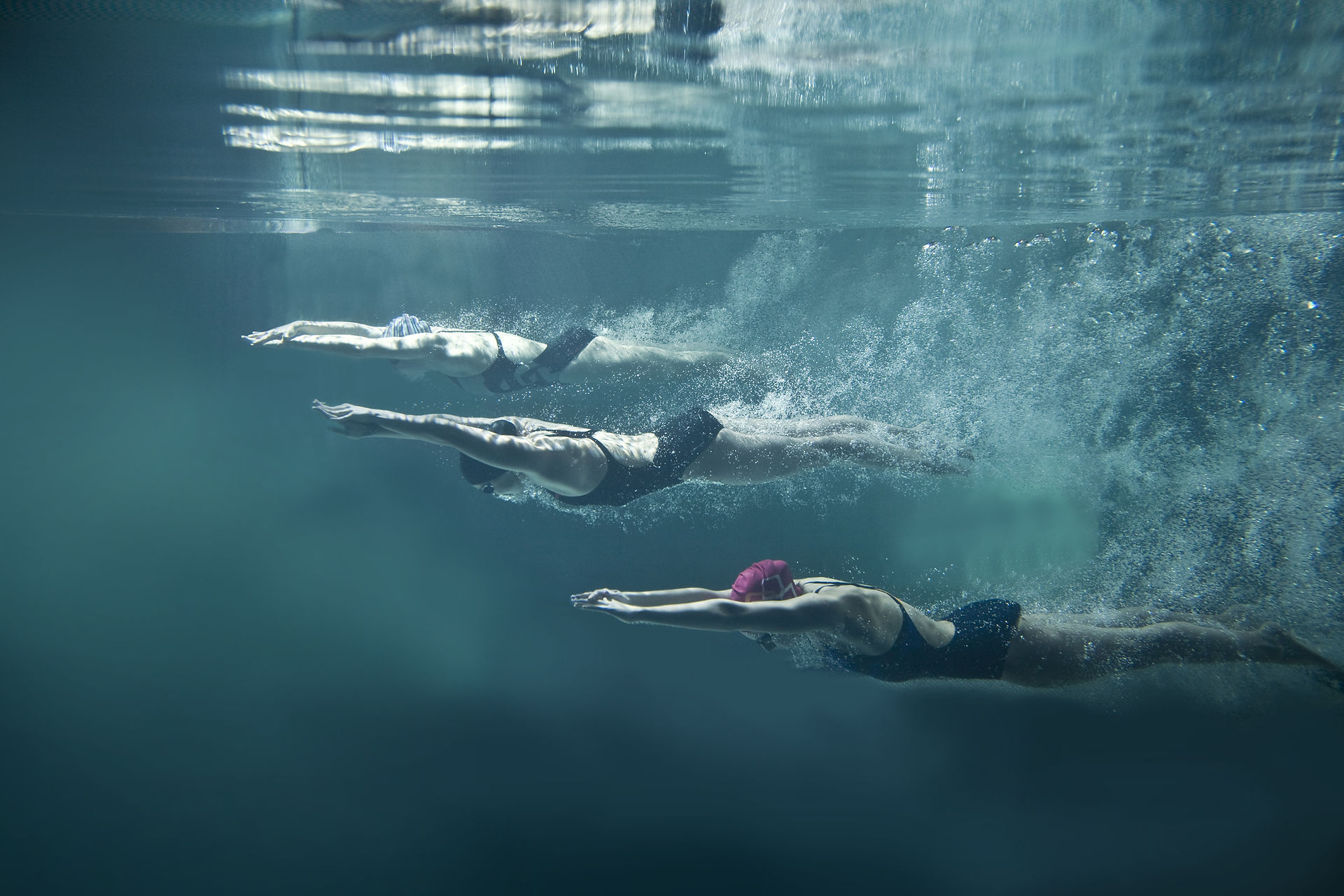
Researcher - Federal University of São Carlos
Professor: - São Paulo State Department of Education
PROJECTS
Latest developed projects
Full curriculum: http://lattes.cnpq.br/2413871825446601
2016 - 2020
URBAN PERFORMANCE INDICATORS OF THE TIETÊ-JACARÉ HYDROGRAPHIC BASIN: METHODOLOGY AND INTEGRATION PERSPECTIVE
In recent decades there has been great search for new quantitative methods that can analyze patterns, determine the importance of explicit spatial processes and develop reliable models. In Brazil, one of the most effective ways for regional planning is through the Water Resources Management Units, which through the river basin committees, give legal support to the planning of such units. The community network model, a scientific research field that investigates the complex systems through the use of metaphor network and graphics mathematics is an important tool within this dynamic and has been used in regional planning and can be applied to different systems such as urban, hydrological and ecological. In view of these considerations, this study aims to obtain information about the landscape of the Tiete-Jacare Hydrographic Basin in São Paulo state, through the use of indexes to analyze the urban, hydrological and ecological connectivity. This objective involves the characterization, temporal dynamics and diagnosis of use and land cover in the 2007 and 2017 period. as a result of developmental activities, with emphasis on layout and connectivity of the elements presents in the landscape and evaluating the connectivity of the urban network, hydrological and ecological structures.


2018 - 2019
MONITORING OF CERRADO (BRAZILIAN SAVANNA) AND ATLANTIC FOREST AREAS IN THE TIETÊ-JACARÉ HYDROGRAPHIC BASIN - SÃO PAULO - BRAZIL USING SENTINEL SATELLITE DATA
The monitoring of the landscape structure is fundamental to designate its configuration, acting as a subsidy to the understanding of the anthropic impacts in the natural landscapes. The aim of this project is to monitor the areas of the Cerrado (Brazilian Savanna) and Atlantic Forest in the Tietê-Jacaré Hydrographic Basin - São Paulo - Brazil through the Sentinel 1 and 2 satellite data. In order to develop and test methods of detecting forest changes, we used the machine learning (ML) approach. From the overlap of data from environmental characterization and the evaluation of the proposed models, it was possible to observe environmental landscape structure, generate essential information about the current state of such regions and allow the evaluation of environmental responses to anthropic impacts.
PROJECTS
Latest developed projects
2016 - 2017
ENVIRONMENTAL VULNERABILITY ASSESSMENT IN ITIRAPINA-SP
The different forms of interference occurring in the natural environment result from the relationship between man and nature, which unequally, can be justified by the constant search for new resources aimed at the man's survival. The various changes and aggression imposed on the environment have caused negative impacts on the ecosystem and thus leaving it vulnerable to the negative impacts. Thus, in recent years the concern for the preservation of natural resources, soil and water has increased significantly. Thus, it is necessary to minimize the impacts of human actions on the environment. On these considerations, this project aims to evaluate the environmental vulnerability of Itirapina-SP, due to the relationship of their physical characteristics with the uses and land cover present in 2006 and 2016.


2013 - 2015
ANALYSIS OF ENVIRONMENTAL VARIABLES AS A FUNCTION OF CHANGES IN LAND USE AND LAND COVER IN SÃO CARLOS, SÃO PAULO
It is fundamental to the analysis of the city in its local and regional geographical context as far as the study of typically urban and agricultural structures, aimed at establishing forms of growth and consolidation consistent with sustainable development goals. Indexes are important tools for the characterization of landscapes, serving as strong indicators. The structural indices of the landscape are ecologically relevant and reflect important attributes of the spatial pattern of ecosystem types in the landscape, being able to establish a correlation between patterns and processes in the landscape's ecosystems. In view of these considerations, this study aims to obtain information about the landscape in São Carlos - SP, through the use of structural indices of the landscape. This objective involves the characterization, temporal dynamics and the environmental assessment of the use and land cover, as a result of developmental activities, emphasizing the loss of environmental quality of the local landscape.
PROJECTS
Latest developed projects
2011 - 2012
TERRITORIAL DYNAMICS OF THE IBATÉ - SP, BRAZIL
The Industrial Revolution and Globalization movements, especially in the twentieth century, accelerated the urbanization processes, which resulted in unplanned growth and overcrowded cities, causing serious social and environmental problems. There is an intense process of replacement of natural landscapes for other uses land, converting continuous areas covered with forest in forest fragments, affecting the availability and quality of natural resources important to the population of a region. There is a need to analyze the landscape changes over time, due to the protection of natural and cultural resources based on strategies that involve improving the information for decision making. This study aims to obtain general information concerning the process of landscape transformation in the municipality of Ibaté in 1990, 2000 and 2010. Specifically related to spatial changing of use and land cover, and its relationship to the physical, biological and socioeconomic factors.


2009 - present
SUSTAINED MANAGEMENT OF LANDSCAPE MANAGEMENT UNITS
Development of techniques and methods of environmental analysis and planning to apply ecological concepts to support sustainable development strategies for the use and conservation of natural resources (water resources, vegetation, and soil), incorporating the ecological dimension in environmental management and physical-territorial planning.






